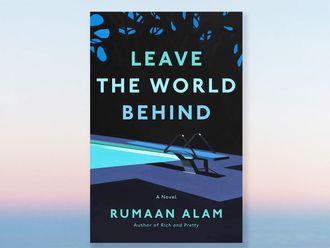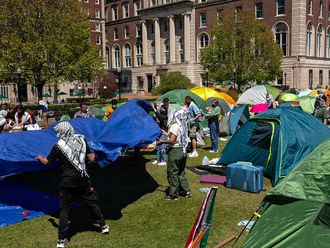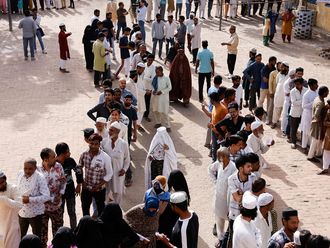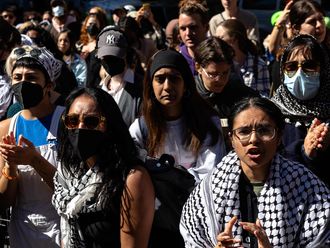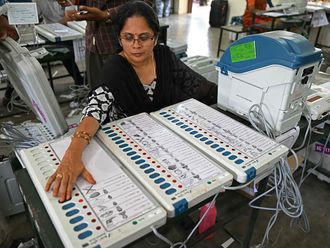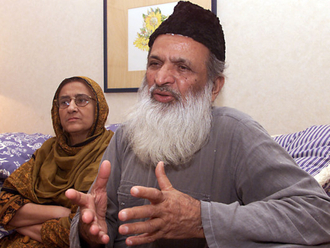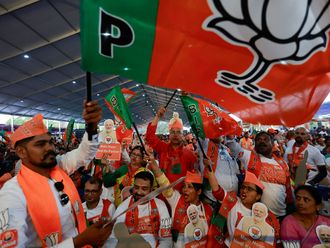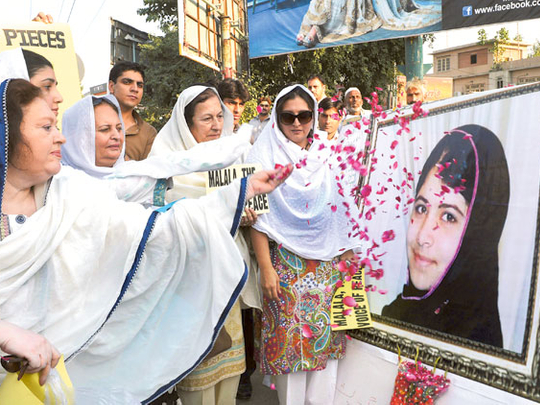
Apparently, Pakistanis do not need the Taliban to destroy their schools any more — they can do it themselves. Last week, a girls’ high school was set ablaze in Pakistan’s second largest city, Lahore. And no, the Taliban were not the culprits. A mob, enraged after allegations of blasphemy against a teacher, carried out the attack. Instead of taking action against them, the police arrested the school’s 77-year-old owner. The accused teacher, who allegedly committed blasphemy by photocopying the wrong page of a book for homework, is in hiding. Pakistan may have declared an “education emergency” earlier this year, but it still fails to protect the schools it has.
How did we get here?
“They have shut down the girls’ schools,” I told a childhood friend who was effusively praising the Pakistani Taliban after its temporary takeover of the Swat valley three years ago. Malala Yousufzai, the 14-year-old Pakistani peace activist shot last month by the Taliban, was a bored 11-year-old schoolgirl then. My friend lived about 350 miles [560km] away from Swat and had three daughters. His reason for liking the Taliban was simple: They were local heroes who had decided to take things in their own hands. “If only people in our area had the same courage,” he said. “Would you like a Taliban-type system here in your city?” I asked him. Yes, of course, he would.
Every morning, my friend drove two of his daughters to school and was pretty certain that one of them would go to medical school. “But the Taliban don’t allow girls’ education. What will happen when they shut down your daughters’ school?” I asked. My friend was puzzled, but only for a moment. “They wouldn’t do that here. What they did in Swat is their culture, Pashtun culture.”
Not educating girls is not the only myth about Pashtuns: Pashtun mothers produce sons so that they can send them to war; while fathers shoot their daughters if a stranger sees their faces. Of course, as the myth goes, they also do not want to send their daughters to schools. And why do they need to send their sons to school anyway, if they are born soldiers in an eternal jihad?
However, there was no evidence of any such Pashtun culture in the Swat valley I had visited the day before our conversation. When the Taliban made their bid to rule the region, Swat could have easily passed as the education capital of Pakistan. There were law schools, medical schools, nursing schools and more computer schools than any other valley of this size could accommodate. And that is without counting the hundreds of informal beauty schools that provide on-the-job training for girls so poor they cannot afford any other type of education.
A lot of Pakistanis, as well as people the world over, have expressed their solidarity with Malala by doing the obligatory status update or tweet: “We are all Malala”. But for most people, she is someone else’s child and will remain so. She is a child whose name can be invoked to start another military operation, a child whose name can be used to prove the blindingly obvious — that parents, whatever their religion or culture, would like their children to be at school — if they can afford it.
What is conveniently ignored in the debate over Malala is the fact that every 10th child in the world who does not go to school is Pakistani. The Taliban are not the only ones keeping children out of school. Some fairly secularly minded people think of Pakistan’s children as someone else’s children — not deserving the education that their money buys for their own children. As such, Pakistan is a booming marketplace for private education. Ask anyone on the street and he or she will tell you it is the biggest business in Pakistan.
You can see people on donkey carts driving their children to private schools that offer English-medium education in air-conditioned rooms for Rs400 (Dh15.27) a month. Every morning, in every small town and city, you can see children — three on a bicycle, five on a motorbike, 10 squeezed into a rickshaw — all heading for school. Girls top almost all university exams in Pakistan.
Whatever sad destiny the country may be hurtling towards, there is one thing standing between Pakistan and the Taliban’s dream: The number of women who have been to school and the number of women who could not go to school, but are determined to send their daughters to school — no matter the economic imperative. Whatever your ideas about a good Muslim girl, you cannot really lock up 90 million of them behind closed doors.
Listen to the Taliban, not to their cuddly intellectual friends, and you begin to get a clearer picture. Their apologists in political parties may try to prove that girls’ education is an invention of the infidels, but the Taliban seem to know what they are talking about. An educated female population is more threatening to them than armies equipped with all-seeing drones. Every girl who crams for a high-school exam, every woman who runs a hospital and every semi-educated mother who makes sure her daughter gets better education than she herself received, is a mortal threat to the Taliban’s declared ambition that every little girl who talks about school gets it in the head.
By abdicating its responsibility to educate Pakistani children, to protect those who manage to go to school and those who teach them, Pakistan is making it that much easier for the Taliban’s mission to succeed.
— Guardian News & Media Ltd
Mohammed Hanif is the author of Our Lady of Alice Bhatti and is based in Karachi.


